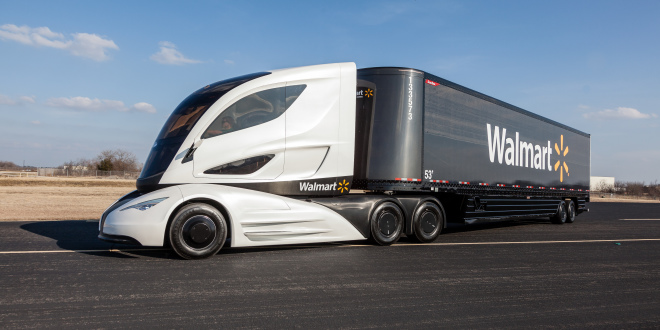Green technology uses eco-friendly practices to create sustainable innovations to bring a positive impact on the environment. These innovations are produced to fulfil society’s needs without harming the environment. Ultimately, green tech aims to limit using natural resources, create recyclable products, modify operational processes to reduce waste and pollution, and replace environmentally destructive practices.
To give examples of how green tech is used in society and everyday life, here are several uses of green technology, from electric scooters to renewable energy sources.
1. Road Transportation
In the US alone, road transportation is responsible for 29% of greenhouse gas emissions, making it the largest contributor to carbon emissions. That’s why it makes sense that the transportation industry is pushing for more electric vehicles and other eco-friendly ways to travel.
In particular, electric scooters have become one of the most popular forms of electric vehicles among commuters due to their convenience, affordability, and efficiency. Moreover, e-scooters are easy to purchase. Riders only need to drop by their nearest e-scooter shop or order online through reliable electric scooter websites.
Besides e-scooters, electric cars have also made their way to consumers as brands like Toyota and Tesla offer electric or hybrid models. As demand for eco-friendly cars rises, more manufacturers will use green tech to provide eco-friendly and sustainable vehicles.
2. Data Server Technology
Data centres are buildings or spaces dedicated to housing computer systems such as servers. Tech giants like Google usually maintain large data centres, resulting in high energy consumptions and expenses. Due to the servers’ financial and environmental impact, Google and other tech giants like Apple and Amazon have been actively creating and maintaining efficient data centres.
Using green tech, these corporations can make cooling more efficient to reduce energy consumption. Some data centres even use waste heat to warm people’s homes. It proves that green tech’s benefits will inevitably extend to others.
3. Architecture
Green technology application in construction and architecture help minimise the harmful effects of constructing buildings, houses, and infrastructures on the environment and human health. It is done by using eco-friendly materials or applying sustainable construction practices.
A great example of green architecture is the Pixel Building in Australia. It is the country’s first carbon-neutral building that can generate power and water on its own. The building features colourful panels that act as both shade and natural lighting, a roof that catches rainwater, supports for processing wastewater, and vertical wind turbines. All these features allow the building to function without depleting natural resources and producing harmful substances to the environment.
4. Mining
As one of the industries that contribute most to the destruction of the natural environment, the mining industry is taking steps to make mining greener. Green mining uses technologies, processes, and best practices that reduce mining’s impact on the environment. The effects of green mining include reducing greenhouse gases and chemical use and improving energy efficiency.
An example of green mining technologies includes the Carbon Capture and Storage (CCS), which traps carbon dioxide produced from mining and stores it inside underground storage. Another green mining approach is using clean fuel on mining machinery to decrease gas emissions and integrate clean energy sources.
5. Recycling and Waste Management
As population and consumerism increases, all kinds of waste will also increase. Green tech will be vital to segregate, manage, recycle, and discard them properly. Several technologies and approaches are already being used to make efficient waste management and recycling. These include automated food waste tracking systems and smart containers to separate and manage solid waste.
Moreover, green tech is also being used to turn waste into power. A series of machinery known as “digesters” take in waste, such as food, animal waste and agricultural leftovers, and turn them into energy that can be used onsite. Other green technologies being used in this sector include thermal conversion and plasma arc recycling.
6. Energy Production
Finally, green tech offers the most applications in this sector. Green tech brings new methods to create new and efficient energy sources and alternative sources of energy to reduce fossil fuel usage. It is also used to improve the energy efficiency of buildings through green design and construction.
One notable example of green tech in energy production is biofuel. It is any fuel produced from plants, algae, animal waste, and other biomass. Since these sources are replenishable, biofuel is considered a renewable energy source. Due to its sustainability and potential, more initiatives are developing biofuels from forestry, waste papers, and crop residues, among others.
The Future of Green Technology
Because of green tech, technology proves that it can truly help society create a better future. As more governments and organisations push for and apply green technology today, more people will incorporate green tech into their daily life. As a result, green tech will not only provide a sustainable lifestyle but also open more jobs. Time will only tell how green technology will expand in the future and how deep its influence will be.



